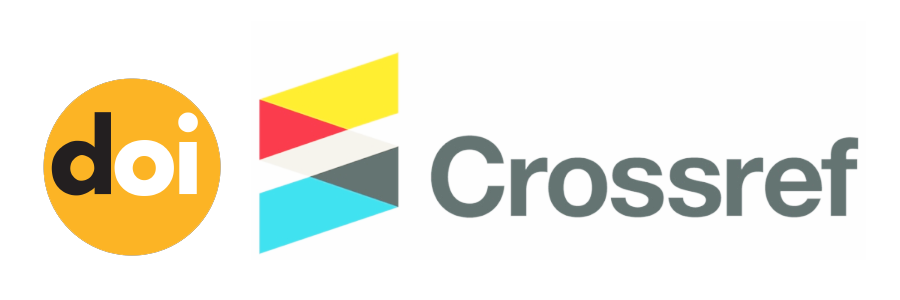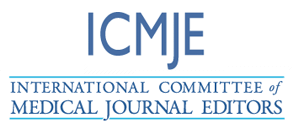Self-Care Remedies Used to Relive Dental Pain among Sudanese Patients at Omdurman Military Dental Hospital in 2020
DOI:
https://doi.org/10.55677/IJCSMR/V3I12-03/2023Keywords:
.Abstract
Background: Self-medication and self remedies are part of the larger frame of self-care and can be defined as obtaining and consuming drugs and materials without the advice of a physician either for diagnosis or treatment.
Aim: the type of self-care remedies utilized for dental pain relief by patients in Omdurman Military Dental Hospital.
Methods: A cross sectional study of a representative sample of 300 male and female dental patients from Omdurman Military Dental Hospital, the data derived from this research was collected by modified self administered questionnaires. The data has been analyzed using SPSS version 23
Results: The study included 300 participants (56% male, and 44% female). The age of the participant's started at 18 years old with most of the respondents aged between 32 and 51. The most frequently used remedy was cloves (16.33%) along with a wide variety of other remedies. The potentiating factors for this usage included personal preference, self-apprehension, high costs and a lack of dental health services (35%). Although a number of complications were associated with those remedies such as pain (13%), bad smell (9.67%), discoloration (7%) and irritation (6.67%). 58% of participants stated that they don’t know about the side effects of using those self-care remedies. This indicated a low level of awareness about the risk of oral health problems among the study population.
Conclusions: Patients in Omdurman Dental Military Hospital reported noticeable use of self-remedies especially cloves and the potentiating factors for this usage included personal preference, self-apprehension, high costs and a lack of dental health services
References
Stearns SC, Bernard SL, Fasick SB. The economic implications of self-care: the effect of lifestyle, functional adaptations and medical self-care among a national sample of Medicare beneficiaries. Am J Public Health 2000; 90: 1608–12
Ahmed BM, Ali IA, Siddiq FM, Muhamadi KA , Aljezooli MH, “Self-Care Remedies Used to Relieve Dental Pain among Sudanese in Khartoum State, Sudan.” International Journal of Dental Sciences and Research.(2017): vol. 5, no.: 88-92. doi: 10.12691/ijdsr-5-4-2.
Zafar SN, Syed R, Waqar S, Zubairi AJ, Vaqar T, Shaikh M et al.Self-medication amongst university students of Karachi: prevalence, knowledge and attitudes. J Pak Med Assoc. 2008; 58: 214-7.
Sclafer J, Slamet LS, de Visscher G. Appropriateness of self-medication: method development and testing in urban Indonesia. J Clin Pharm Ther 1997;22:261–72.
Jaiswal AK, Pachava S, Sanikommu S, Rawlani SS, Pydi S, Ghanta B. Dental pain and self‐care: a cross‐sectional study of people with low socio‐economic status residing in rural India. International dental journal. 2015 Oct 1; 65(5):256-60.
Zafar SN, Reema S, Sana W, Akbar JZ, Talha V, Mahrine S, Wajeeha Y, Saman S, Sarah S. Self medication amongst university students of Karachi: prevalence, knowledge and attitudes. J Pak Med Assoc 2008; 58: 214-17.
Phalke VD, Phalke DB, Durgawale PM. Self medication practices in rural Maharashtra. Indian J Community Med. 2006; 31(1):34-35.
Hashmi MJ, Khan MA, Nasim HMO, Shahzad HM, Tahir A, Abdullah S. The Trends of Self-Care Remedies among the Patients with Dental Pain Attending the Out-Patient Department of Dental Institute in Multan. Med. Forum.2021; 32(1):118.122.
Gowdar IM, Alhaqbani MM, Almughirah AM, Basalem S A, Alsultan FI, Alkhathlan MR. Knowledge and Practice about Self-Medication for Oral Health Problems among Population in Riyadh Region, Saudi Arabia. J Pharm Bioallied Sci. 2021;13(1); S246–S250.
Baig, Q.A., Muzaffar, D., Afaq, A., Bilal, S. and Iqbal, N. Prevalence of Self-Medication among Dental Patients. Pakistan Oral & Dental Journal.(2012): 32, 34-38.
AlQahtani HA, Ghiasi FS, Zahiri AN, Rahmani NI, Abdullah N, Al Kawas S. Self-medication for oral health problems among adults attending the University Dental Hospital, Sharjah. J Taibah Univ Med Sci. 2019 Jul 23;14(4):370-375
Downloads
Published
How to Cite
Issue
Section
License
Copyright (c) 2023 International Journal of Clinical Science and Medical Research

This work is licensed under a Creative Commons Attribution 4.0 International License.











